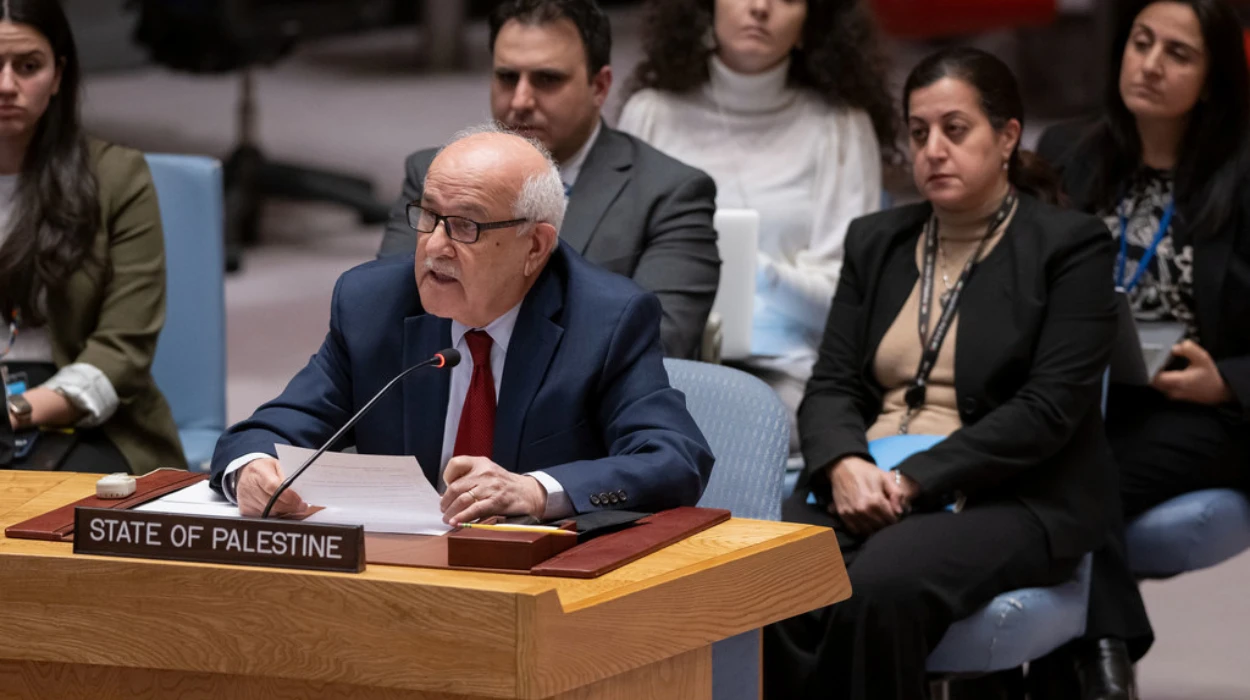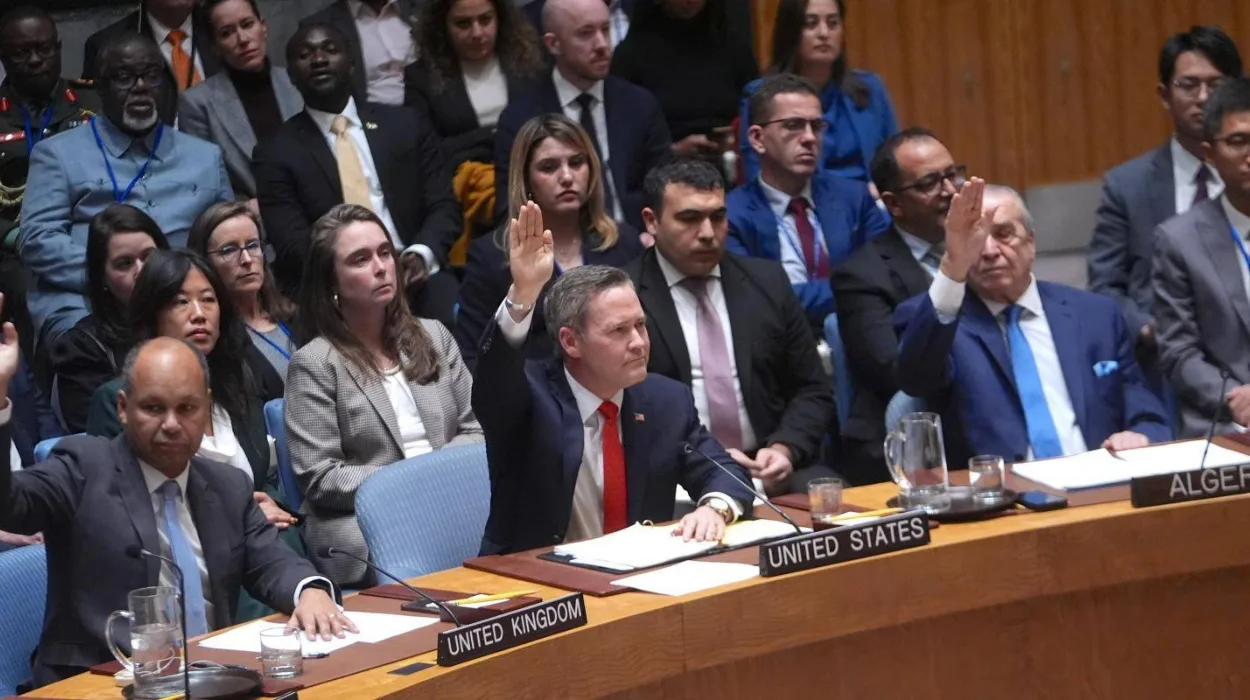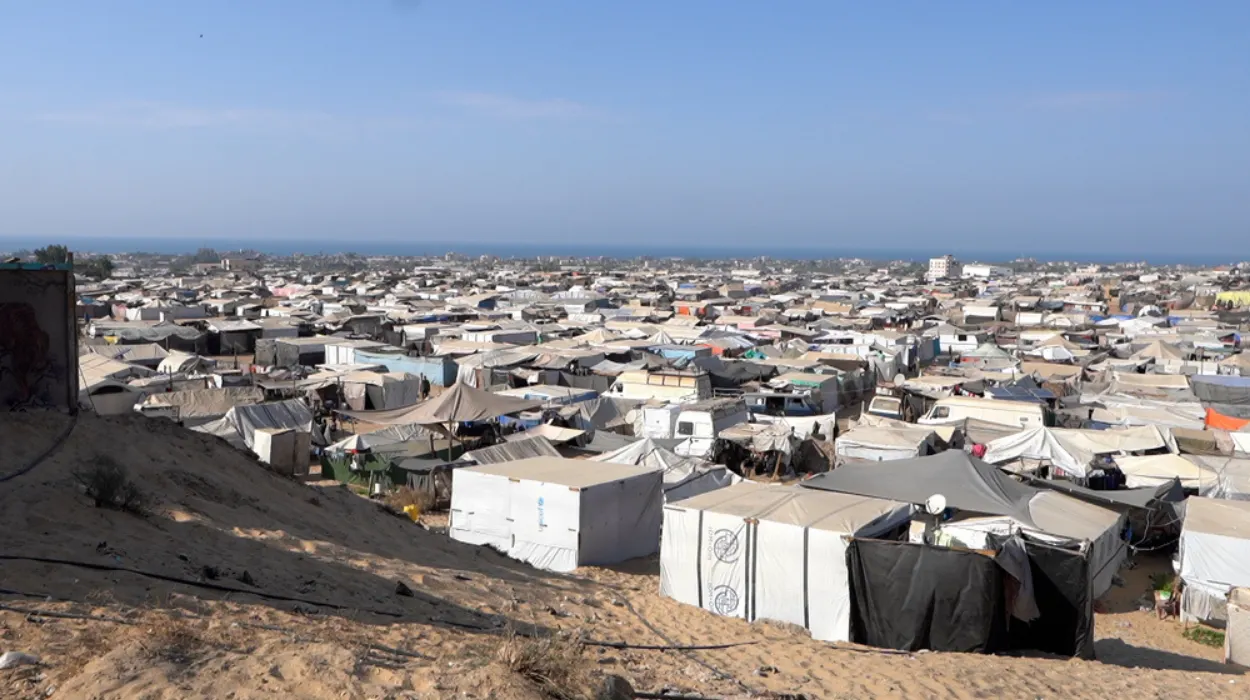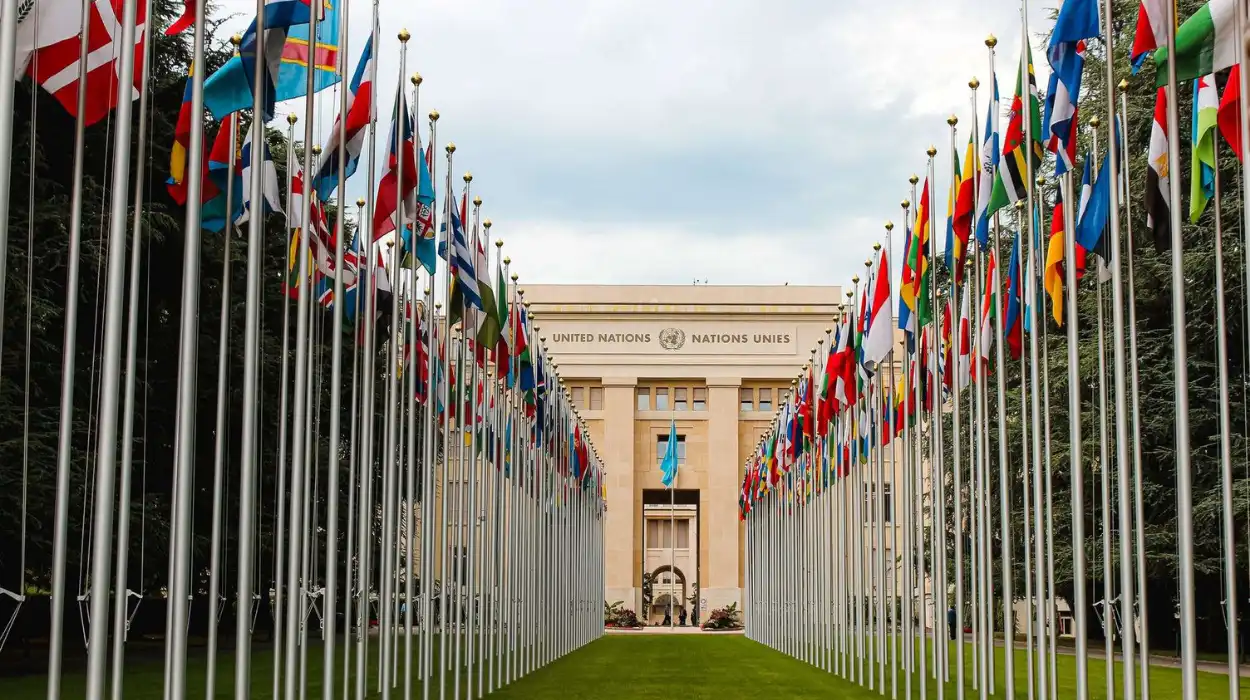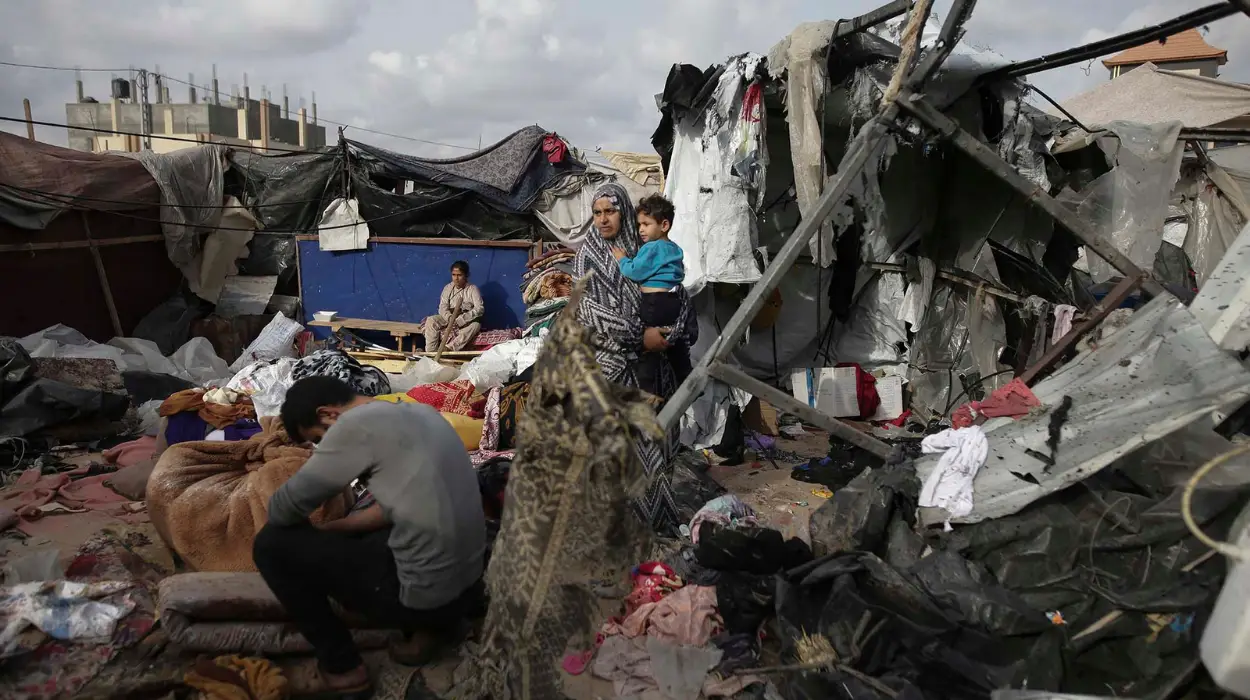The crisis in Syria has been one of the most complicated and protracted crises of the 21 st century which is characterized by complex governance issues, militarized division of forces, and a vast humanitarian crisis. By 2025, it has become evident that the Syrian Democratic Forces (SDF) once again took an imperative role in determining the future of that state, as evidenced by the recent developments resulting in contacts with the Syrian government as well as continued mediation efforts on the part of the United Nations Special Envoy on Syria Geir O. Pedersen. This discussion evaluates the implications of SDF on strategy and politics in the larger picture of emerging authority in Syria as well as agreements that are taking place, integration difficulties, and the roadmap outlined by Pedersen in the transitional period of Syria.
The Strategic Role of the Syrian Democratic Forces in Syria’s Northeast
Military and Governance Control by the SDF
Since its formation in 2015, the SDF, the Kurdish-led military coalition that includes Arab, Assyrian/Syriac, and other minority elements has controlled most of northeastern Syria. This is the home of much of Syrian territory with its resource wealth amounting to virtually 95 percent of the oil and gas fields in Syria which is the source of its economic stability and political leverage in post conflict recovery efforts. On the military front, SDF has been hailed as having greatly reduced the power of the Islamic State (IS), brought about a full blow of IS strongholds to an end by 2019, and technically being in active service of thwarting attacks by other active hostile forces.
Politically, SDF can be considered an armed wing of the Democratic Autonomous Administration of North and East Syria (DAANES), who has adopted a multiethnic and decentralization model of governance. Rather than addressing the historically centralized rule in Syria, this administration focuses on progressive ideals, localization of councils, and representation of minorities, which forms an alternative vision of this regime. Such makes the SDF a critical security actor and a critical political stakeholder in Syria’s transitional landscape.
March 2025 Agreement and Emerging Political Dynamics
On March 10, 2025, a turning point was made when SDF commander Mazloum Abdi and the interim President of Syria Ahmed al-Sharaa signed an exploratory agreement indicating the incorporation of the SDF in the Syrian state institutions. The purpose of this agreement is to fill in the time-gap between Damascus and the Autonomous Administration and provide a framework to include politics, the coordination of security, and constitutional reforms. The agreement allows recognition of Kurds as native to Syria, protection of the right to citizenship and any other previously withheld, and the regulating of the controlled infrastructures and resources.
Although this deal is an unbelievable unpacking of congealed conflicts, application is a fragile and precarious process. Plans to reintegrate the Kurdish communities in Aleppo, redeploy the Syrian government security, and other confidence-building measures are further positive signs, albeit tentative. But the issues around the level of decentralization, incorporation of the military, and the distribution of powers between the capital and the local administrations still remain.
UN Special Envoy Pedersen’s Vision for Inclusive Governance and Stability
Emphasis on a Syrian-Led Political Process
Geir O. Pedersen has presented an outlook that makes the SDF an anchor in the process of bringing Syria to its phase of peace and governance change. Scholar Pedersen points out the twofold usefulness of the SDF as a counterterrorist force and as a political agent whose inclusion is also instrumental to any long-lasting solution. He emphasizes the local ownership, the ownership of the Syrian people and initiatives as most important in guaranteeing legitimacy, and the necessity of wide national dialogue that not only includes all groups, including the marginalized groups and even the north-east.
The proposed political process would entail the constitutional reform that would enable decentralization, without endangering the territorial integrity of Syria. The incorporation issues that exist between the autonomy desires of the SDF and its member groups with the centralist needs of Damascus are perhaps the most complex obstacle as noted by Pedersen. Such a balance must be attained so that new fragmentation or war does not occur.
Addressing Security and Reconciliation
Security arrangements are a focal point in Pedersen’s approach. The truce that has been renegotiated between the SDF and the Syrian government opens the path towards the mutual maintenance of the security, effective governance, and staged incorporation of the military forces. The special representative stresses the necessity of disarmament, demobilization, and reintegration (DDR) processes that deal with the various parts of the military that operate in Syria with the goal of eliminating armed tensions and avoiding the future of extremist groups like IS.
Pedersen also criticizes external military intervention that is not commendable in order to ensure the sovereignty of Syria since they jeopardize its integrity. Israeli attacks that take place frequently in Syria make the security situation and the political dialogue more difficult. The envoy’s approach reinforces inclusivity, dialogue, and respect for international law as critical underpinnings for Syria’s reconstruction and reconciliation process.
Challenges and Regional Implications
Internal Divisions and External Pressures
Yet, internalism is a challenge in SDF and its affiliates, regardless of the favorable signs of coordination. There is also the impact of the Kurdistan Workers Party (PKK) which has been a sensitive topic and Ankara sees the SDF as part of the PKK which makes it more difficult to position itself and to plan its military actions in that region. These dynamics have to be traversed cautiously by the SDF leadership, which is seeking to be integrated with Damascus.
Also, the SDF has been in tension with other opposition groups in Syria, including the Turkish supported Syrian National Army (SNA), causing more instability, resulting in clashes between the fighters, and mass displacement of local inhabitants, up to 1.1 million as of early 2025, because of a conflict between the groups. Such dynamics affect the greater regional calculations of Turkey, Iran, Russia and the United States all of which have their own vested interest in the future of Syria.
Impact on Syria’s Post-Conflict Reconstruction
The SDF-controlled northeast is an economic prize with most of the land comprising mostly English and Arab communities. Political schemes conceived by Pedersen represent a compromise that is aimed at incorporating various ethnic and political pieces without dividing the nation. Nevertheless, military integration, political decentralization, and governance are still hectic tasks that cannot be underestimated in terms of international aid and supervision.
The United Nations, through Pedersen and various missions, continues to facilitate peace talks, humanitarian assistance, and political processes aimed at addressing Syrian refugees’ return and rebuilding institutions. The success of these efforts hinges on genuine cooperation between central authorities and local administrations like the SDF-led governance structures.
This perspective echoes insights shared by analyst Jenifer Fenton who notes that Pedersen’s emphasis on local ownership and multiparty dialogue symbolizes a pragmatic recognition of Syria’s fractured realities and the importance of inclusive solutions. Her commentary highlights the nuanced engagement strategies required for effective conflict resolution in the region: https://x.com/jeniferfenton/status/1949844110837198882
Prospects for a Stable Syria
The changing role of the Syrian Democratic Forces is representative of a fluid period in the Syrian war. The integration processes are however an indicator of a probable route of transformation in militarized fragmentation to a federalized or decentralized state of Syria that accepts the principle of ethnic and regional identities and does not threaten unity of the nation. The inclusion, constitutionalism, and nonviolent political process-based vision presented by UN Envoy Pedersen provides the roadmap that can be reached only through paying attention to diplomacy, confidence-building measures, and compromise.
However, there is a great deal of critical doubt, the existence of which includes the gap between the SDF with regard to internal protests and rivalries. It will be a matter of standing the test of the coming months to see how long the recent agreements will remain and how sincere the political will of all the players remains. The nature of such relations of the local desire to be autonomous and the national desire to remain intact that will translate into the crisis through which the future of Syria will hinge.
The way to ending the conflict is probably not a straight one but one that must involve constant interaction between the Syrians and their foreign friends. The Syrian Democratic Forces are at the center of this complex story of both opportunities and obstacles in building a new political order out of years of war and division.


